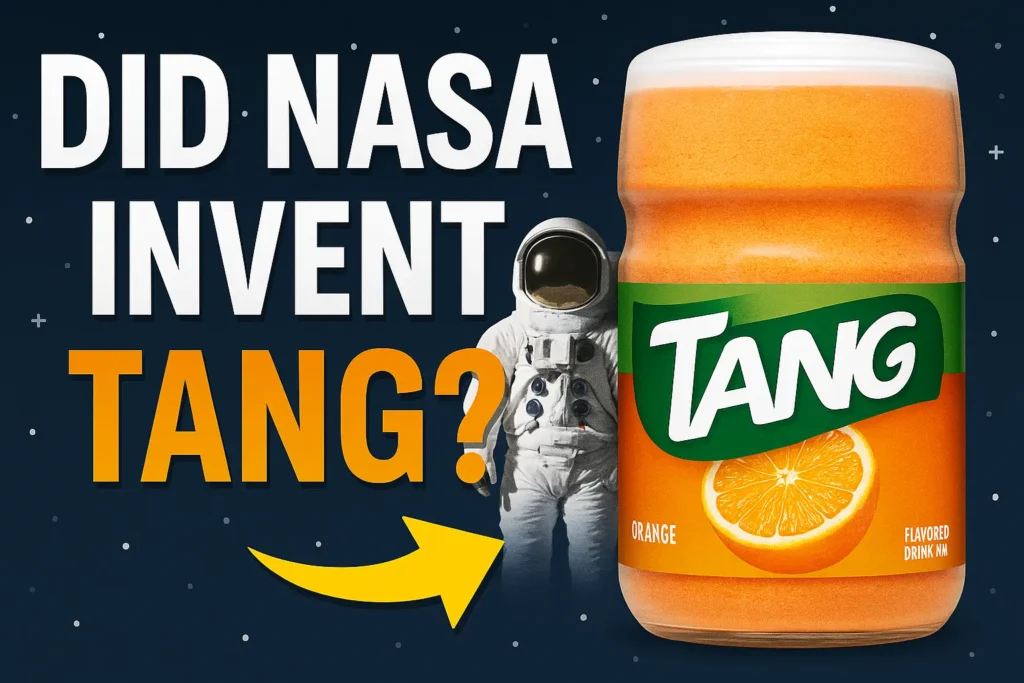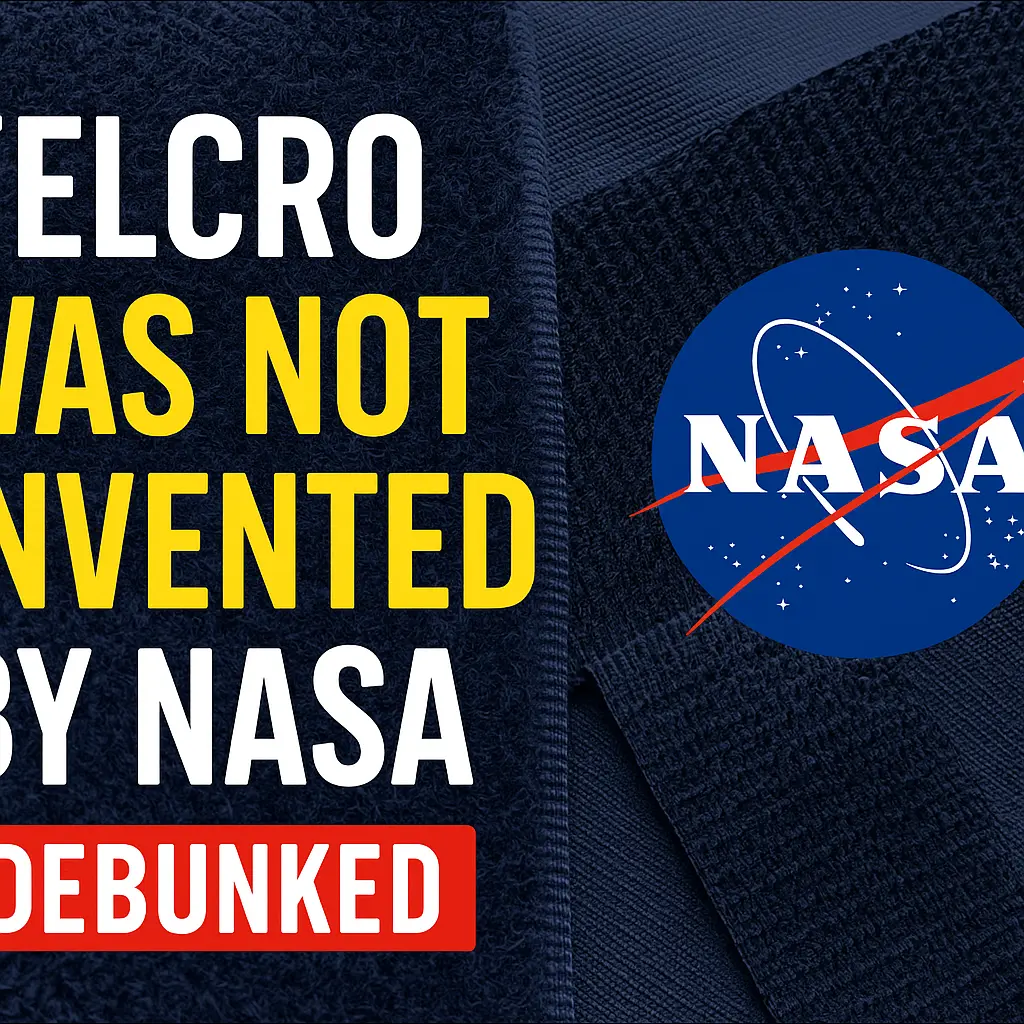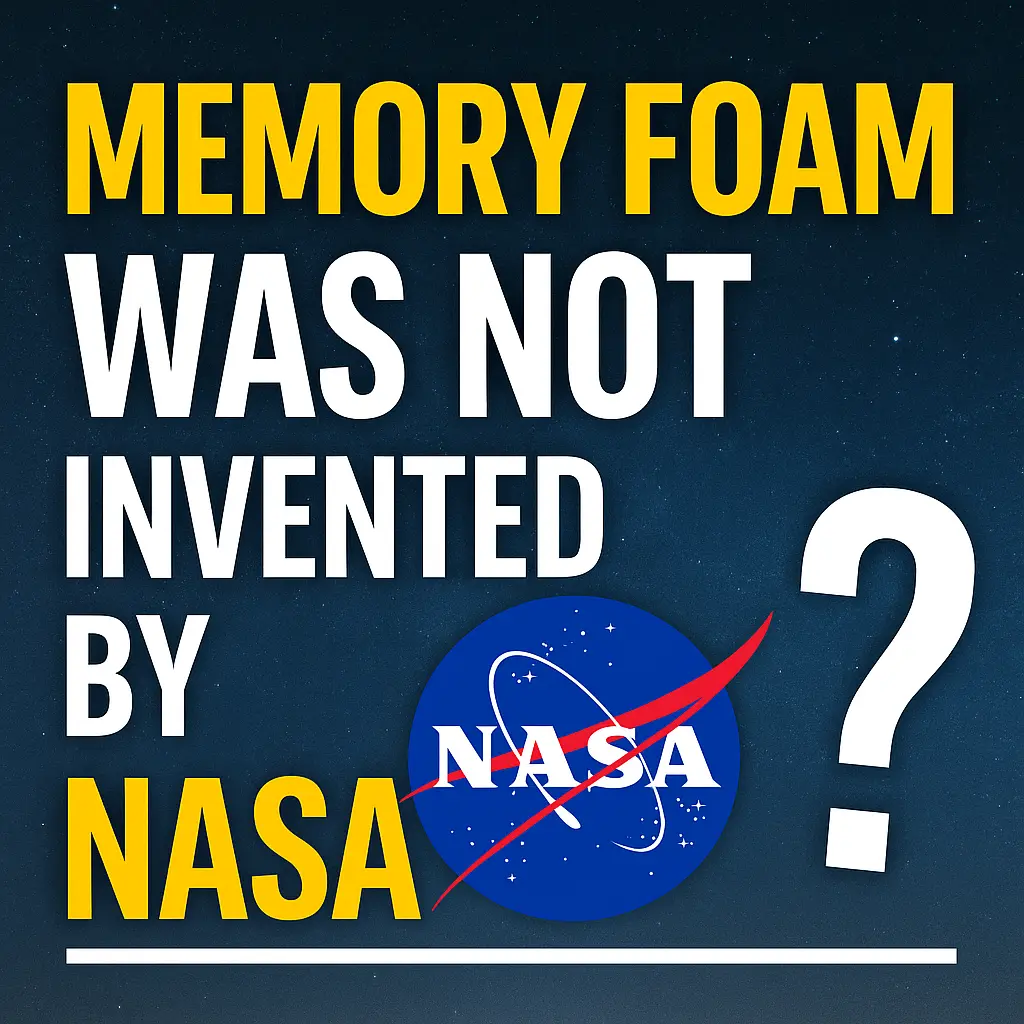When people think of space food, one product often floats to the top: Tang. The powdered orange drink mix has been closely associated with astronauts and space missions since the 1960s, leading many to believe that it was created by NASA for spaceflight.
This belief is so widespread that “Tang” has become cultural shorthand for “space food.” But here’s the truth: Tang was not invented by NASA, nor was it developed specifically for space missions. It existed long before astronauts ever sipped it in orbit.
The Myth: Tang Was Invented by NASA for Astronauts
The myth goes like this: faced with the challenges of feeding astronauts in zero gravity, NASA’s scientists developed Tang as a convenient, nutritious, shelf-stable beverage that could easily be consumed in space. As the story goes, Tang was a product of the brilliant minds behind America’s space program—just another example of how space exploration gave rise to everyday innovations.
This version of the story is both romantic and patriotic. It suggests that Tang, like Velcro and Teflon, is part of the technological legacy of the Space Race. But while Tang did make it to space, it was not created by NASA, and its connection to spaceflight came only after it had already been on store shelves.
The Truth: A General Foods Product from the 1950s
Tang was actually developed by General Foods in 1957—five years before John Glenn became the first American to orbit the Earth. It was invented by food chemist William A. Mitchell, who also created iconic processed foods like Pop Rocks and Cool Whip.
Tang was designed as a fruit-flavored, vitamin-enriched drink mix that dissolved in water—a way to add flavor and nutrients to plain tap water, particularly in households with limited access to fresh juice or refrigeration. It was first marketed to the public in 1959, and initial sales were underwhelming.
So what changed?
NASA’s Role: A Visibility Boost, Not an Origin Story
Tang’s popularity skyrocketed not because of innovation, but because of association. In the early 1960s, NASA selected Tang to be part of the onboard menu for the Gemini space missions. The choice wasn’t due to any special engineering—it was simply convenient. Tang mixed easily with water, helped mask the unpleasant taste of the spacecraft’s water systems, and was already commercially available.
When astronaut John Glenn and others were seen drinking Tang in space, the media ran with it. General Foods seized the opportunity, incorporating the space tie-in into their advertising. They didn’t claim to have invented Tang for NASA, but they didn’t discourage the misconception either.
As a result, the public narrative shifted: Tang became “the astronaut drink,” and from there, a widespread myth was born.
Why the Myth Persists
Several factors have helped keep the Tang–NASA myth alive:
- Strong Visual Association: Archival footage of astronauts using Tang during missions became iconic.
- Marketing Momentum: General Foods leaned heavily into the space-age image in its advertisements.
- Cultural Simplicity: The idea that a fun, colorful powder came from space tech fits a broader narrative of NASA as a fountain of innovation.
- Lack of Clarification: Neither NASA nor General Foods (now part of Kraft Heinz) aggressively corrected the misconception.
What This Teaches Us About Innovation and Public Perception
Understanding the real origin of Tang offers more than just a trivia correction. It reveals how corporate marketing, media coverage, and public imagination can blur the lines between fact and myth.
It also reminds us that not everything associated with space travel was invented for it. Some products—like Tang, Velcro, and duct tape—existed beforehand and were simply adapted for space use. Others truly did emerge from NASA’s R&D (like memory foam or infrared ear thermometers).
Correcting these myths isn’t about discrediting the space program; it’s about giving proper recognition to where innovation truly begins—whether in a lab, a factory, or a marketing meeting.
Conclusion: Tang’s Real Legacy
Tang didn’t come from a NASA lab. It came from a food scientist working for a major corporation in the 1950s, long before astronauts needed drink options. NASA helped popularize Tang, not invent it.
Yet, the drink’s image as “the taste of space” endures. And in a way, that’s its own kind of legacy: a reminder of how cultural storytelling, visual branding, and bold frontiers can shape how we remember the innovations of our time—even when the facts tell a different story.




Launch into the massive universe of EVE Online. Test your limits today. Fight alongside hundreds of thousands of pilots worldwide. Play for free